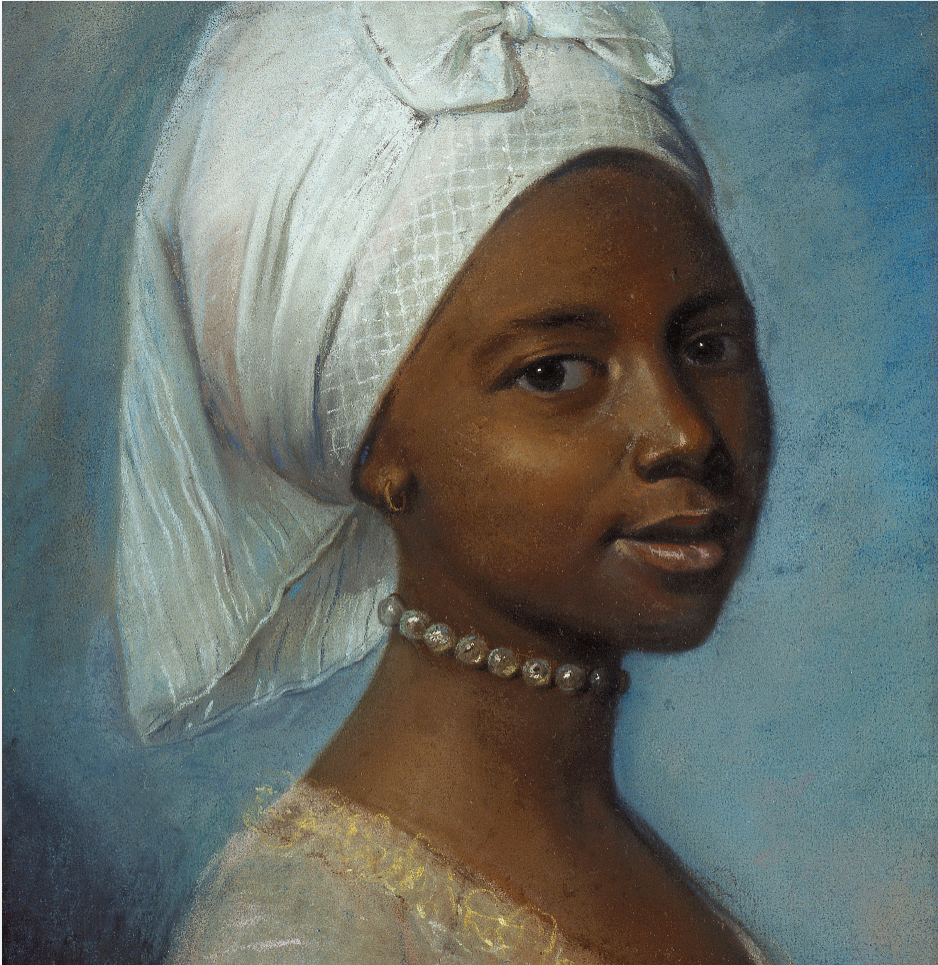From the mid-sixteenth century on, age-old patterns of knowledge and daily life were disrupted by a series of transformative developments. The same bold impetus toward exploring and conquering new territories that led Europeans across the Atlantic resulted in momentous new discoveries in astronomy and physics. Just as the authority of ancient models of the globe was overturned, so ancient frameworks for understanding the heavens were challenged and eventually discarded. The resulting conception of the universe and its laws remained in force until Albert Einstein’s discoveries in the first half of the twentieth century. Along with new discoveries in botany, zoology, chemistry, and other domains, these developments constituted a fundamental shift in the basic framework for understanding the natural world and the methods for examining it known collectively as the “Scientific Revolution.”
In the eighteenth century philosophers extended the use of reason from nature to human society. Self-proclaimed members of an “Enlightenment” movement, they wished to bring the same progress to human affairs that their predecessors brought to the understanding of the natural world. The Enlightenment created concepts of human rights, equality, progress, and tolerance that still guide Western societies. At the same time, some Europeans used their new understanding of reason to explain their own superiority, thus rationalizing attitudes now regarded as racist and sexist.
The expression of new ideas was encouraged by changes in the material world. With the growth of population, the revitalization of industry, and growing world trade, Europeans began to consume at a higher level. Feeding the growth of consumerism was the expansion of transatlantic trade and lower prices for colonial goods, often produced by slaves. During the eighteenth century ships crisscrossing the Atlantic circulated commodities, ideas, and people to all four continents bordering the ocean. As trade became more integrated and communication intensified, an Atlantic world of mixed identities and vivid debates emerged.
